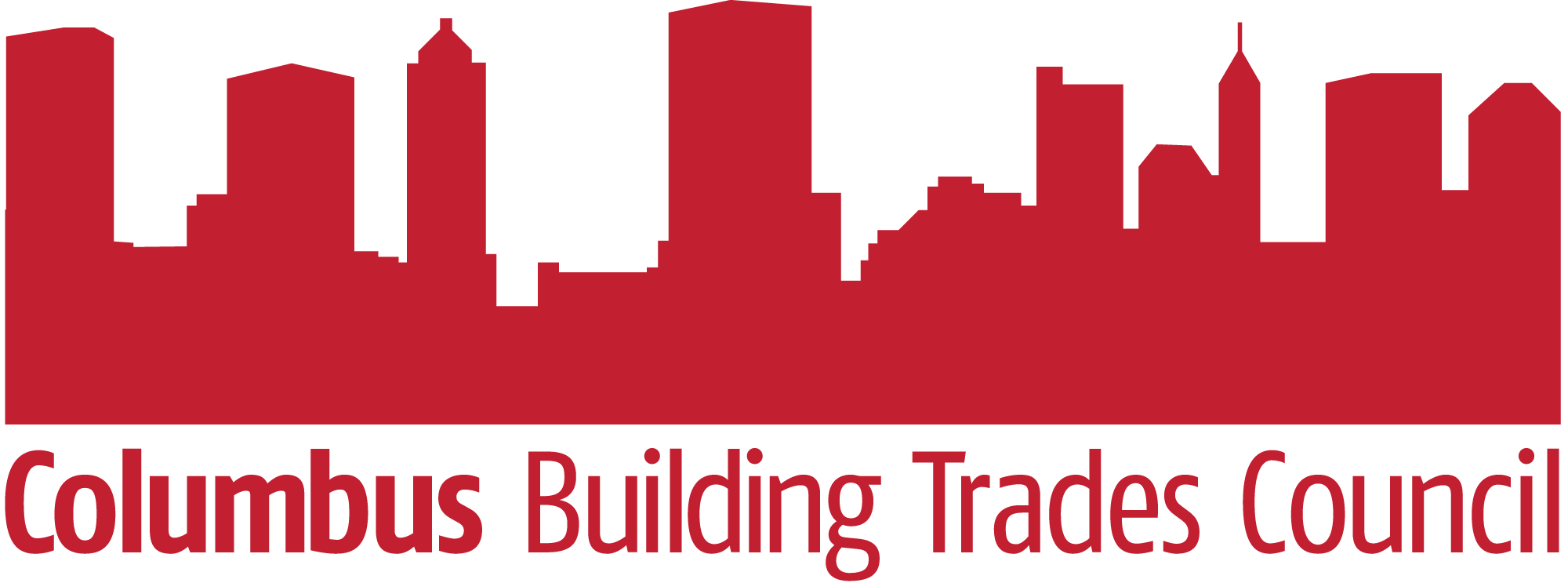A company that initially began operations in Columbus, but then moved to the West Coast is returning home.
Hyperion Companies, Inc., a green hydrogen technology company, announced on Feb. 1 it will convert the 400,000-square-foot former Columbus Dispatch printing plant on the city’s southwest side into its world headquarters.
The facility will also house a research and development center in addition to its manufacturing operations.

Hydrogen automaker Hyperion is moving its headquarters from California to Columbus and will begin to manufacture its next generation hydrogen fuel cell in the Buckeye State.
The project will create an estimated 200 to 250 jobs for members of area building trades.
The $297 million project will allow Hyperion to manufacture its next-generation hydrogen fuel cell, which will power its new line of stationary and mobile energy storage products, including its XP-1 hypercar. The investment will create more than 680 net new, full-time permanent positions over the next six years, with an annual payroll of up to $58 million.
“Congratulations to Mayor Andrew Ginther and Councilman Nick Bankston on bringing Hyperion to Columbus,” said Dorsey Hager, Executive Secretary-Treasurer of the Columbus/Central Ohio Building and Construction Trades Council. “This will serve as another training ground for our Building Futures graduates, apprentices and building trades members to construct another world class facility, while earning good wages and benefits so they can provide for themselves and their families.”
In a prepared statement, Ginther noted the west side of the city has been a hub for manufacturing and innovation.
“Hyperion will bring a fresh wave of investment and activity that will create opportunity for residents in Westland, the Hilltop and beyond,” he said. “Columbus’ public and private sectors are committed to leadership in clean energy, technology, cutting-edge manufacturing and the future of mobility, and I am delighted that Hyperion will join us in driving our growth.”
Hyperion has three divisions – Hyperion Energy, Hyperion Motors and Hyperion Aerospace – but will maintain its facility in California, where it does aerospace work. It has an operation in Cleveland that works with the NASA Glen Research Center.
According to a statement on the company’s website, Hyperion chose the old Dispatch printing plant because the layout and operations of the highly advanced roll-to-roll printing hub mirror those of a high-yield fuel cell membrane coating process.
Work on the project will begin this year and Hyperion expects to start production in 2023.

Leave a Comment